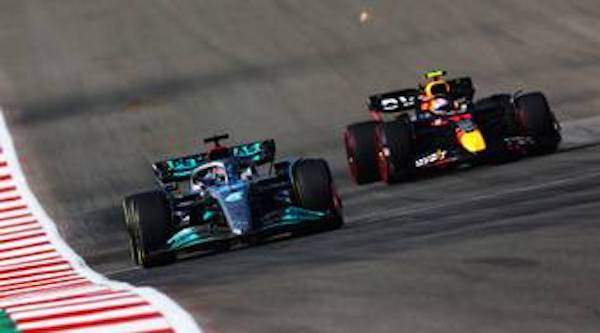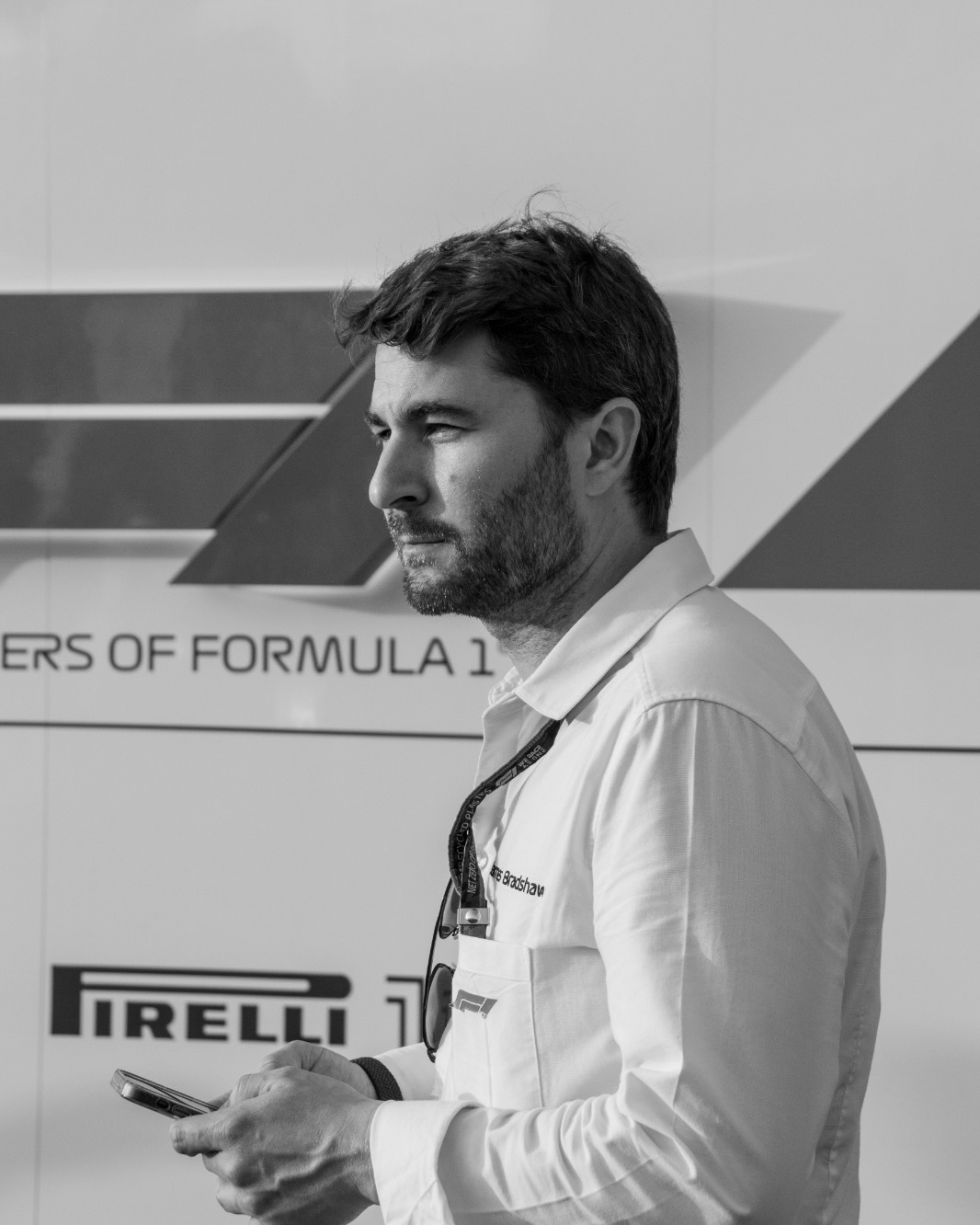
After more than 40 years of operation, DTVE is closing its doors and our website will no longer be updated daily. Thank you for all of your support.
Formula 1: How AI is transforming live sports delivery on F1 TV

Source: F1 TV
Sports broadcasting and streaming has undergone digital transformation amidst the height of AI technology, with it leaving its mark on Formula 1’s OTT streaming service F1 TV. The streaming platform which debuted in 2018, relaunched in 2021 in partnership with AWS, with new AI-powered features such as automated subtitles and a scalable cloud-based infrastructure .
Speaking to Digital TV Europe, on the new AI enhancements, James Bradshaw, head of technology at Formula 1 says, “It’s gone from strength to strength, since we relaunched F1 TV, we’ve seen over a thousand percent increase in viewership and subscribers.”
F1 TV is now available across 119 territories, with its premium subscription plan F1 TV Pro available in 94 of those and live streaming in six languages. Launching ahead of the 2021 Formula 1 season, F1 TV introduced live automated closed captions available in English, Spanish, and French, across its video delivery leveraging AWS’ Amazon Transcribe. Amazon Transcribe is an automatic speech recognition (ASR) service that allows user to generate audio transcription. The advancements sees F1 TV deliver real-time live captions for F1 in British English, US Spanish and French; and F2, F3, and Porsche Supercup in British English and US Spanish.
Bradshaw says, “We moved from a historically human-centred way of generating those closed captions or subtitles. That went from needing to have human closed captioners who were literally re-speaking or typing as they were hearing commentary.”
Prior to the changes, the exec notes F1 TV had to rely on a large team of closed captioners which saw its content quality suffer with challenges such as delay and low accuracy, as well as also becoming a huge cost for the company to keep up with.
“It was a very intense activity for a human to do, it requires multiple closed captioners to work in shifts through a race weekend which was an outsourced activity and quite an expensive one,” he explains “So, we looked to leverage Amazon Transcribe and built AWS ProServe team sort of an extension of that, which we call Enhanced Transcription, and that uses transcribe, and then some human moderators in the loop, but they do a much lower stress job.”
Scaling audiences
F1 has also worked closely with AWS to develop an underlying scalable infrastructure that the F1 TV platform sits on top of that allows it to handle sudden surges of traffic to the service. Utilising Amazon’s CloudFront, F1 TV can scale up to support millions of concurrent requests, with sub-millisecond code execution times.
“There is an incredible hockey stick moment at the beginning of an F1 session, particularly of a race, nobody wants to miss lights out. So over 80% of the people that will join an F1 session have already joined before Lights Out,” he explains. “Something like, uh, 80% or 90% of people join within 5 minutes before the start of the session. And we see an incredible percentage of people sometimes as much as 50% of those people all join in 60 seconds prior to the event.”
He adds, “Therefore, we’ve had to build infrastructure and build architecture patterns that intrinsically protects the platform from that influx of traffic.”
Bradshaw reveals along with the recently launched tech enhancements across F1 TV, the motorsport company has plans to introduce more features on the OTT platform that priorities personalisation and boost higher engagement.
He says, “we want to understand the fan better and in order to drive greater engagement, a key part of that is personalisation. We learn from the data in terms of how people are using our products, not just what they’re watching, but how they interact. And that is a key input to our ongoing product development of F1 TV, but also our other digital offerings. So, we do have personalisation at the centre of many of our new initiatives, strategies and features that will be coming in the next years.”
Reflecting on how AI technology, still in its early stages, has accelerated its F1 TV offering, Bradshaw envisions AI will be more instrumental in the backend providing greater understanding of data and of the user, rather than at the front end where the user directly experiences AI .
“I see AI is more of an enabler to the tools or the features and products that we’re building. It’s an accelerator and it allows us to take processes that would be very labour intensive and make those much quicker. That might mean that we’re able to reach a decision more quickly, which might mean that we can get different data onto a screen.”



